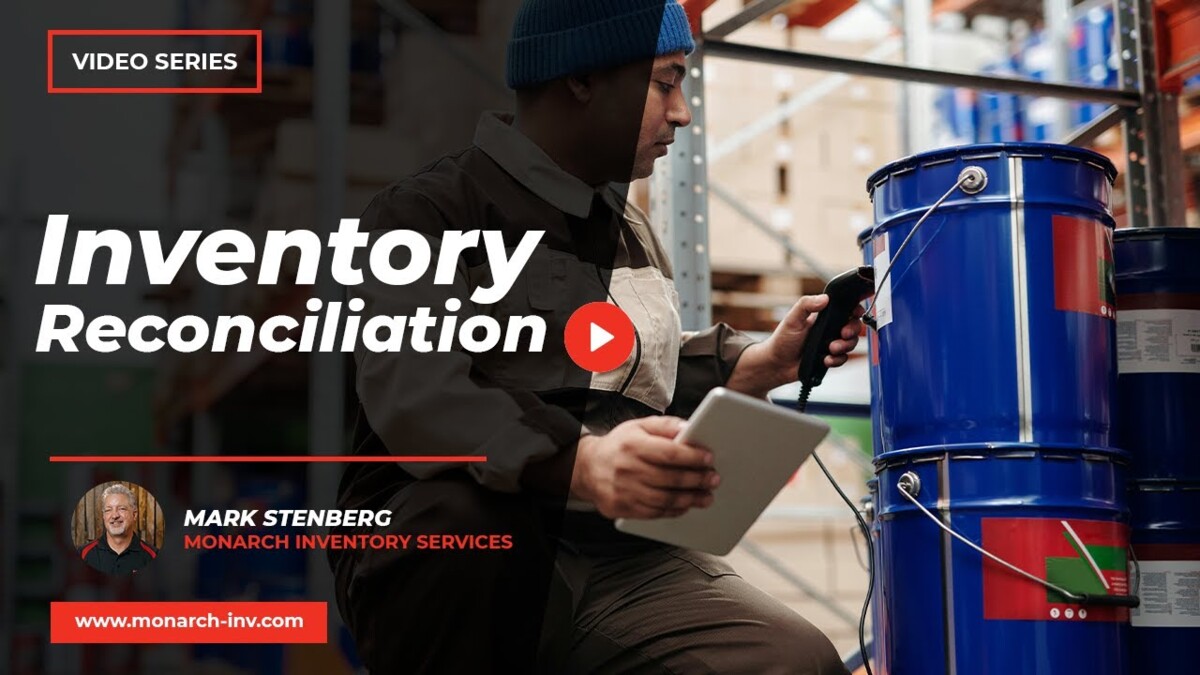Retail shrinkage can quietly drain your profits, creeping in through seemingly small gaps that, over time, become impossible to ignore. Whether it’s missing inventory, expired goods, or theft, the effects are real—and costly. But the good news is, there’s a way to take control. In this guide, we’ll break down the most common sources of retail shrinkage and give you the tools to identify where it’s happening in your store, so you can stop the losses before they add up.
What is Retail Shrinkage?
Retail shrinkage refers to the loss of inventory due to a variety of factors, such as theft, administrative errors, or damaged products. Shrinkage is an unavoidable part of retail, but minimizing it is crucial to maintaining profitability. By understanding where it originates and taking actionable steps to reduce it, we can help protect the bottom line.
Why Understanding the Origin of Retail Shrinkage Is Key
Knowing where shrinkage comes from isn’t just about crunching numbers—it’s about protecting your entire operation. When we identify the origin of shrinkage, we can:
- Reduce waste and improve efficiency by adjusting ordering systems.
- Pinpoint areas of vulnerability in your store layout or processes.
- Create a better inventory strategy to prevent future losses.
Let’s walk through the process of finding where your shrinkage is coming from.
Analyzing Data to Identify Shrinkage
The first step in identifying the origin of retail shrinkage is to take a detailed look at your inventory data. When we conduct an inventory count, we break down the data to highlight any discrepancies between what’s supposed to be in stock and what’s actually there.
Breaking Down Inventory Categories
We start by organizing your inventory into specific categories based on location within your store. This allows us to see which areas are experiencing the most shrinkage. By comparing the current stock with what was ordered over a set period, we can pinpoint exactly where things are going wrong.
For example, we might notice that a certain aisle consistently shows lower stock than expected. From there, we can narrow it down further:
- Is it a particular product category?
- Are perishable items expiring before they sell?
- Is theft more likely in this part of the store?
Common Causes of Shrinkage and How to Combat Them
Once we know where the shrinkage is occurring, we can identify the common causes. The biggest contributors to shrinkage include theft, expired products, and errors in ordering. Let’s explore each cause and how to address it.
1. Theft
Retail theft—both internal and external—accounts for a large portion of shrinkage. We’ve found that certain areas of a store are more prone to theft, such as sections with high-value or small, easily concealed items.
Solution: Enhance your store’s security in these areas. Consider installing cameras or increasing staff presence in theft-prone sections.
2. Expired or Damaged Products
Products that expire before they sell are another major cause of shrinkage, especially in stores dealing with perishable goods. Mismanagement of stock rotation can lead to waste.
Solution: Implement a better stock rotation system, and ensure that items with shorter shelf lives are placed in prominent, high-traffic areas where they’re more likely to sell quickly.
3. Ordering Errors
A disorganized ordering process can lead to overstocking or understocking, both of which contribute to shrinkage. Overstocked items may expire before they’re sold, while understocking can lead to missed sales opportunities.
Solution: Use an automated inventory system to reduce the human error in ordering. By basing orders on data rather than estimation, you can keep the right amount of stock on hand at all times.
Improving Your Store Layout to Reduce Shrinkage
In addition to adjusting ordering practices, we can help reduce shrinkage by optimizing your store layout. Products that sell the most should be placed front and center, while items that don’t move as quickly should be displayed in less prominent locations.
By mapping out your store and making these adjustments, we can not only improve sales but also reduce the amount of wasted or stolen products.
1. Highlight Best-Selling Items
Ensure that your highest-selling products are easy to access and highly visible. This increases the likelihood of those items moving off the shelves faster, reducing the chance of them becoming obsolete or damaged.
2. Organize Based on Product Categories
Grouping similar products together in a logical way can make it easier for customers to find what they need, reducing confusion and improving their shopping experience. This also makes it easier to spot discrepancies in inventory when conducting counts.
Working with Managers for Long-Term Solutions
Finding the origin of retail shrinkage isn’t a one-time task—it requires ongoing cooperation with store managers and staff. Once we’ve identified the issues, we work closely with managers to implement long-term solutions, such as:
- Better training for staff to spot signs of theft or poor stock rotation.
- Improved communication between departments to streamline inventory management.
- Regular audits to catch shrinkage issues early.
In Summary
Retail shrinkage is an issue that can drain your profits if left unchecked, but finding its origin doesn’t have to be complicated. By taking a detailed look at your inventory data, breaking it down by category, and implementing smarter ordering and layout systems, we can significantly reduce losses.
Contact us today to discuss how we can help minimize shrinkage in your store.



